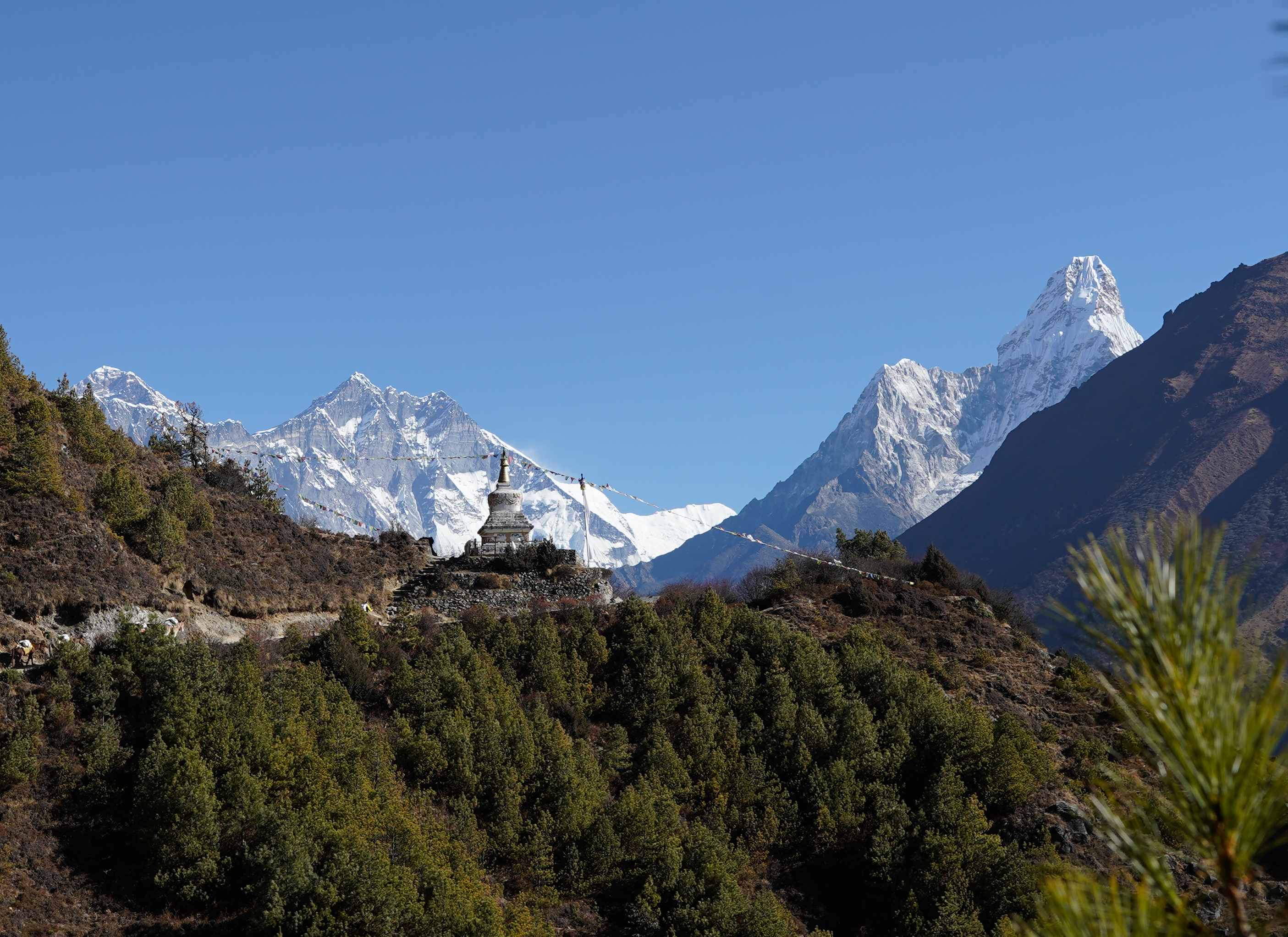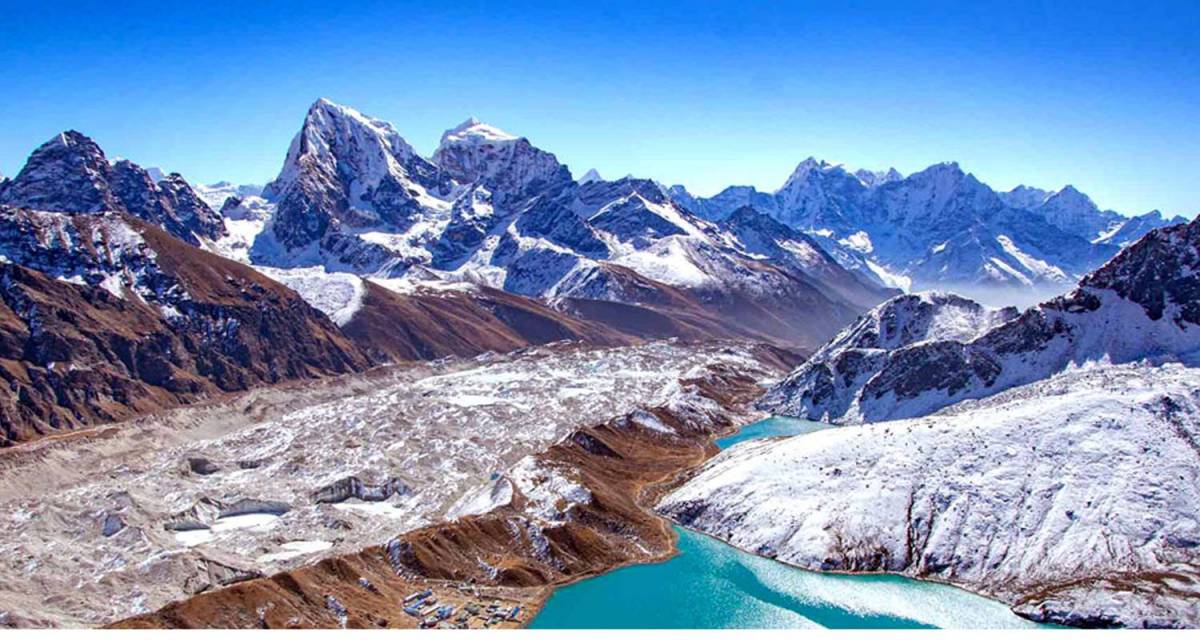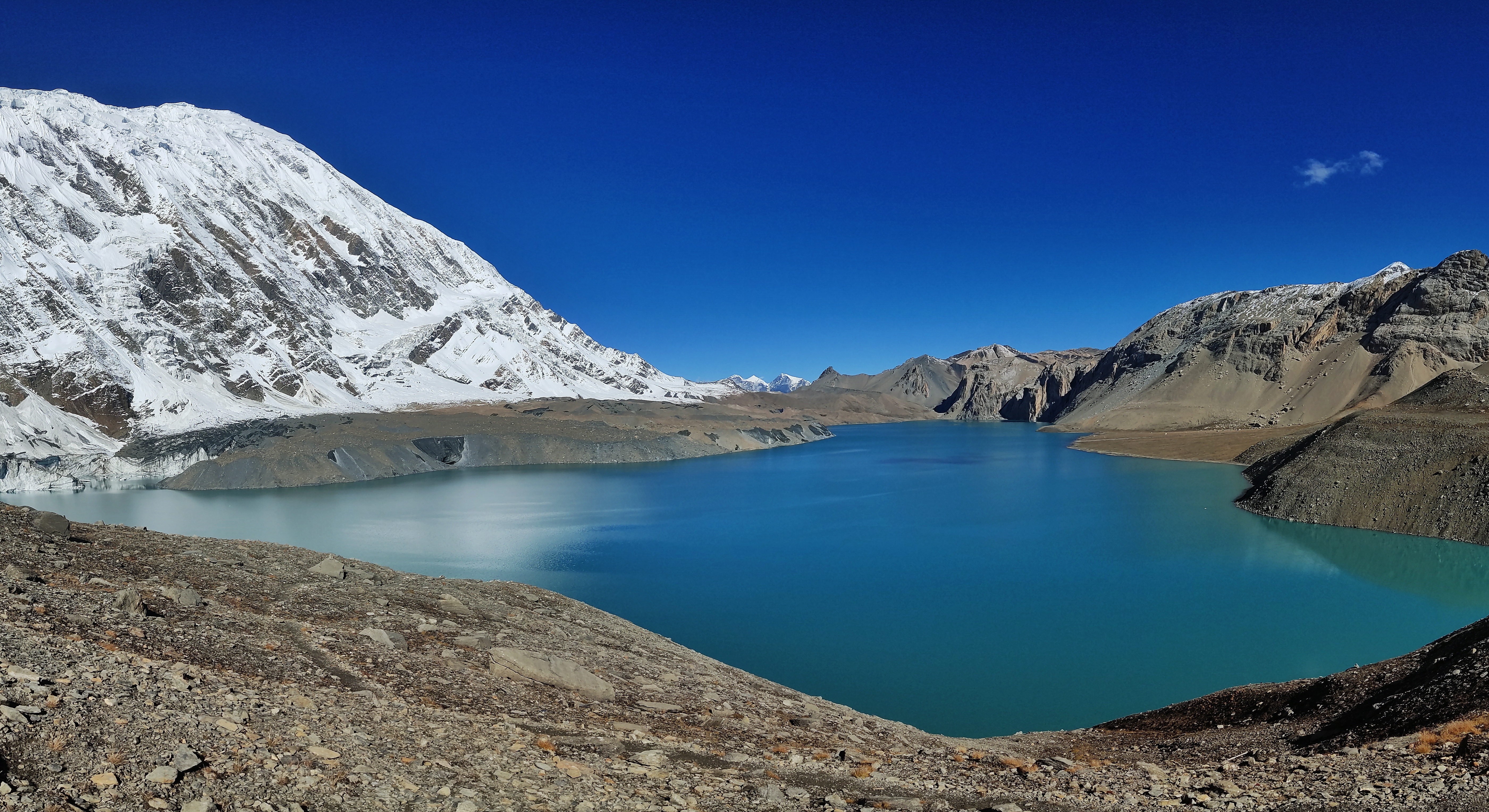Bhutan is renowned for its beautiful and sacred temples, which play a significant role in the country's spiritual and cultural landscape. Bhutanese temples, or *lhakhangs*, are built as places of worship in the Vajrayana Buddhist tradition, which permeates Bhutanese society. Each temple has unique architectural features, often including ornate woodwork, colorful paintings, and intricate carvings depicting Buddhist deities, mandalas, and spiritual symbols.
One of the most iconic temples in Bhutan is the *Paro Taktsang*, also known as the Tiger's Nest Monastery. Perched dramatically on a cliffside at 3,120 meters (10,240 feet) above sea level, it is believed to be where Guru Padmasambhava, who introduced Buddhism to Bhutan, meditated in the 8th century. Legend has it that Padmasambhava flew to this location on the back of a tigress, hence the name "Tiger's Nest."
Another notable temple is the *Punakha Dzong*, a stunning fortress and temple complex at the confluence of the Pho Chhu and Mo Chhu rivers. As the second oldest and second largest dzong in Bhutan, it holds deep historical significance and is renowned for its unique architectural style.
Bhutanese temples serve not only as places of worship but also as cultural hubs, where festivals, rituals, and community gatherings are held. They are often surrounded by prayer wheels and colorful prayer flags that represent blessings carried by the wind, adding to the serene and mystical ambiance of these sacred spaces.


